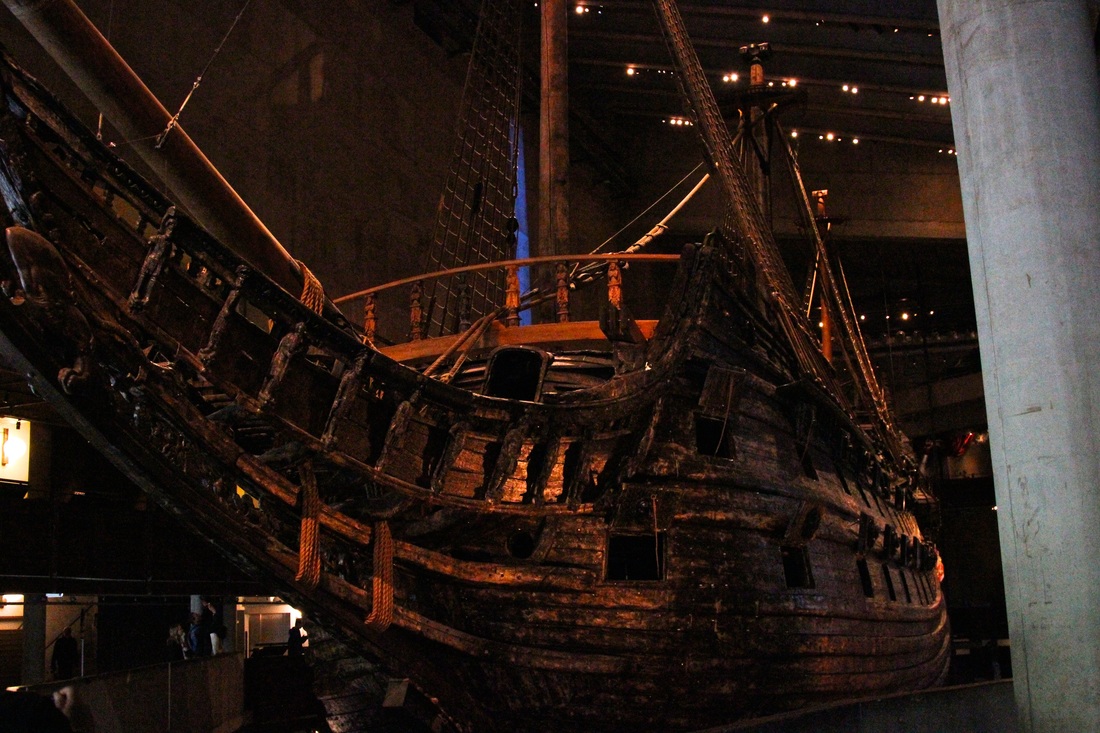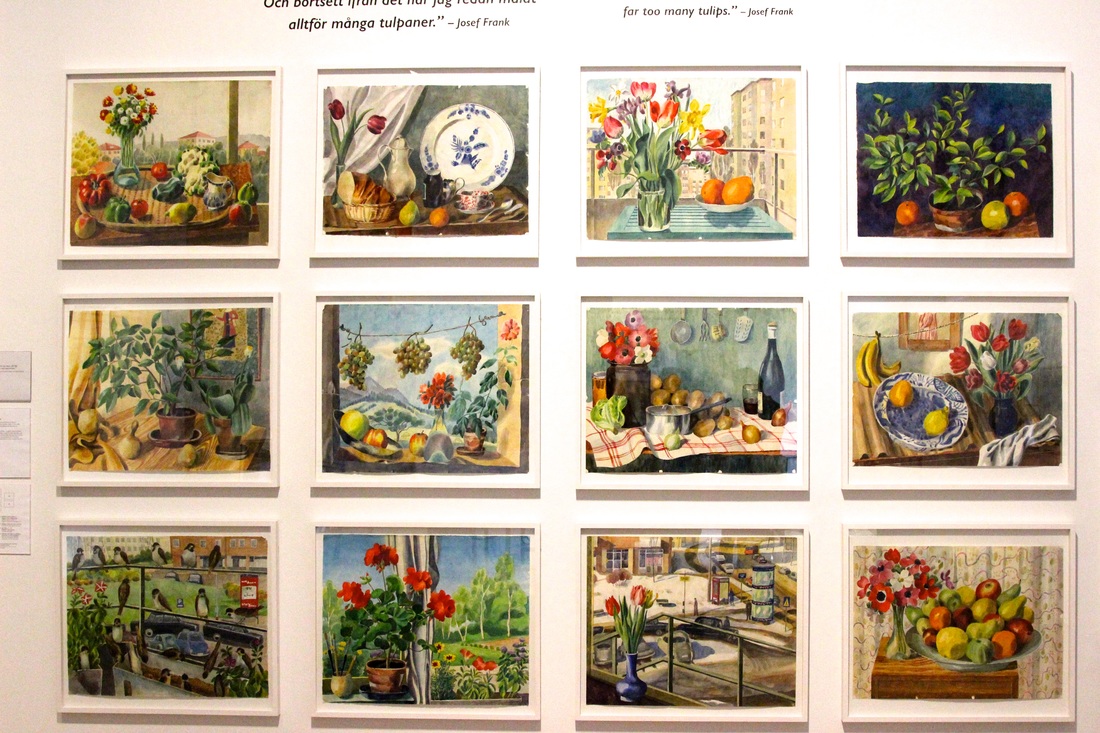|
En route to the Vasa Museum. It’s been more than a month and several trips (more on Bologna and Amsterdam coming soon) since I visited Stockholm, but somehow or other I still find myself raving about it to anyone who will listen. Yes, I’m probably biased because I visited in the sunshine-soaked summer, when birds start chirping at 3am and the sky barely darkens. It also didn’t hurt that friends were kind enough to offer their tips or show us around personally. On the whole though, Stockholm is easy to like and hard to forget. In between consuming staggering quantities of charcuterie, meatballs, hot dogs and cinnamon buns, I managed to cover much of the capital on foot. While it would have been impossible to take in all of the Scandinavian city’s cultural attractions in a week, I did my best. Here are four standouts that shouldn’t be missed. Roaming around Norrmalm. FotografiskaOpened in 2010, this is both one of the city's newest an most-visited museums. Without exaggeration, this is one of the coolest museums I’ve visited within the last year—and with trips to London, Boston, Madrid, Bologna, Amsterdam and Copenhagen, that’s saying something. In lieu of a permanent collection, the museum features exceptionally well-curated, rotating photography exhibitions. When I visited, the standout by far was Nick Brandt’s Inherit the Dust, in which the artist superimposed photographs of African wildlife in Kenya and Tanzania over the desolate urban wastelands and garbage heaps slowly eating up the natural habitat. The photographs themselves—haunting, enormous black-and-white prints with an intimate, almost portrait-like quality—were mesmerizing, but artist’s explanations of the process behind them made an enormous difference. Rather than photoshop animals onto a landscape, Brandt, a noted conservationist who has been photographing animals in the region for decades, constructed life-size panels with the pictures, physically placed them in the environment, and then shot them on film. It took a team of roughly 30 months to produce the work. Photographs depicted here are by Nick Brandt. I am not attempting to reproduce them for profit or take credit for them. Do yourself a favor and check out his work. Though the content and caliber of the exhibits was tremendous, it’s worth noting that other elements of the museum are equally well-executed. From the Art Nouveau building to the setting on Södermalm’s waterfront to photography classes for locals, there’s a lot to like here. The upstairs restaurant, which features floor-to-ceiling windows overlooking passing ships, focuses on sustainably sourced, produce-driven Nordic menus and natural wines. We stayed for dinner, and while some of the small plates were better than others (a salad with burnt cress, rhubarb and nori exceeded my tolerance for funk), on the whole it was lovely. A baked onion oozing with mushroom stuffing was spectacular, as was a roasted beet. You can opt for a side of meat or fish, but with vegetarian dishes this satisfying, it isn’t necessary. More stylish, Scandi minimalism on the top floor of the Fotografiska. Vasa Museum The ghostly ship and its miniature replica. It’s easy to see why this is one of Stockholm’s most popular attractions. This battleship sank to the bottom of the sea in 1628, only to be salvaged and brought back to dry land 333 years later. The remarkably well-preserved vessel—the only one of its kind from the 17th century—is both fascinating and eerie to behold. Although the surrounding panels offer a wealth of information on naval history, we didn’t have quite as long to read them as we might have liked. Djurgården, the leafy isle that hosts the museum, was so lovely that we lost track of time and had to dash to the ship before it closed. Cue the Pirates of the Caribbean theme song. Millesgården The grounds are covered in statues, flowers and fountains. Situated up on a cliff outside of the city center, this museum and sculpture garden is about the most perfect way to spend a sunny afternoon. The view alone is worth the trip, while the dozens of Greco-Roman-inspired statues scattered throughout the fountains and foliage make it easy to spend hours wandering the grounds. The current exhibit (through October 2016) on the life and textiles of Josef Frank is excellent. Silhouetted against the backdrop of the city. This exhibit on the life of Josef Frank is enough to make you want to spend a month's salary on upholstery. Paintings from the Josef Frank exhibition. The Stockholm MetroThe shadowy figures buried in the central station. Technically, this last one isn't a museum at all, but a sprawling public art installation of the kind that's seldom seen anywhere. Thanks to the contributions of more than 150 sculptors, painters and mosaic-makers, 90 out of the 100 metro stations boast some kind of visual addition. If combined, the entire exhibit would stretch more than 110 kilometers. It's impressive at any time, but I liked it best late at night, when the cavernous passages were all but empty. Going down? Not a soul in sight.
3 Comments
|


















 RSS Feed
RSS Feed